What to do if CountyLine CLA200 Water Pump pressure switch is too far from tank?
- IIsaac SmithSep 9, 2025
Move the switch to within one foot (.3m) of the tank.
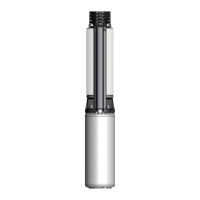
What to do if CountyLine CLA200 Water Pump pressure switch is too far from tank?
Move the switch to within one foot (.3m) of the tank.
What to do if CountyLine CLA200 Water Pump bleeder orifice check valve is stuck?
If the valve is stuck, free it. If it's installed backwards, reverse it.
What to do if my CountyLine Water Pump check valve at pump discharge is stuck?
Free the check valve.
| Maximum Flow Rate | 200 GPM |
|---|---|
| Horsepower | 6.5 HP |
| Max Flow Rate | 200 GPM |
| Power Source | Gasoline |
| Engine | Gasoline |
Contains essential instructions for product installation, operation, and maintenance.
Advises using the pump only in a water well and avoiding swimming areas to prevent shock.
Warns against freezing of pump, piping, or components to avoid damage and voiding warranty.
Details pressure relief valve requirements for preventing explosion risks under specific conditions.
Warns about chemicals known to cause cancer, birth defects, or other reproductive harm.
Lists power supply requirements, liquid temperature range, and discharge size.
Instructions for inspecting pump for damage and proper well development before installation.
Guidance on grounding the pump and motor with copper wire to reduce shock hazards.
Requirements for meeting electrical codes and using appropriate copper wire sizes for connections.
Provides recommended fuse sizes for different HP and voltage ratings for 2-wire motors.
Details cable length requirements based on wire gauge for different motor HP and voltage.
Provides diagrams and instructions for single-phase, 2-wire motor connections.
Outlines three methods for splicing wires: taped, heat-shrink, and butt connectors.
Detailed steps for creating a waterproof taped splice for AWG 8 and larger wire sizes.
Instructions for creating a waterproof heat-shrink splice for AWG 14, 12, and 10 wire sizes.
Step-by-step guide for using butt connectors with plastic insulators for splicing wire.
Instructions on connecting the power supply cable to the pump, including securing and grounding.
Guidance on installing the pump, including bleeder orifices, safety rope, and pipe types.
Procedures for starting the pump for the first time to clear debris from the well.
Instructions for connecting the pump to the pressure tank system, including safety warnings.
Details piping connections for a standard air-over-water pressure tank.
Details piping connections for a pre-charged pressure tank, including pre-charge adjustment.
Further details on grounding pump, motor, and conduit for electrical safety compliance.
Provides recommended distances for bleeder orifices based on tank size.
Lists recommended pre-charge pressures for different pump cut-in/cut-off settings.
Diagnostic steps for when the motor does not start but fuses are intact.
Troubleshooting steps for blown fuses or tripped overload protectors during motor operation.
Identifies causes like system leaks, pressure switch issues, or tank waterlogging.
Addresses issues like stuck bleeder orifice check valves or low water levels.
Explains how low voltage affects pump performance and suggests solutions.
Instructions for cleaning plugged intake screens or freeing stuck check valves.
Discusses causes like gas in well water or air volume control issues.
Outlines the terms and duration of the limited warranty for County Line products.
Specific instructions for returning or contacting regarding sewage pumps.
Lists products with warranty periods different from the standard twelve months.
Covers general warranty terms, exclusions, and limitations of remedies.
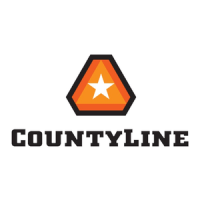

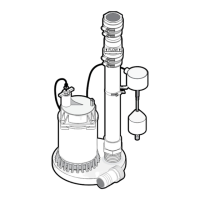
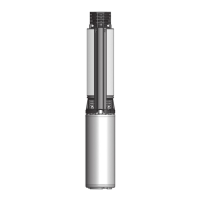
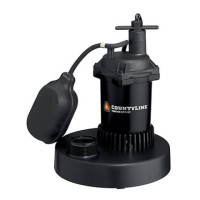


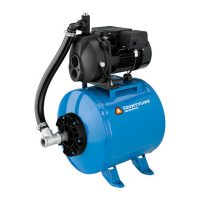


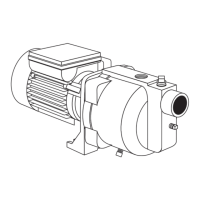

